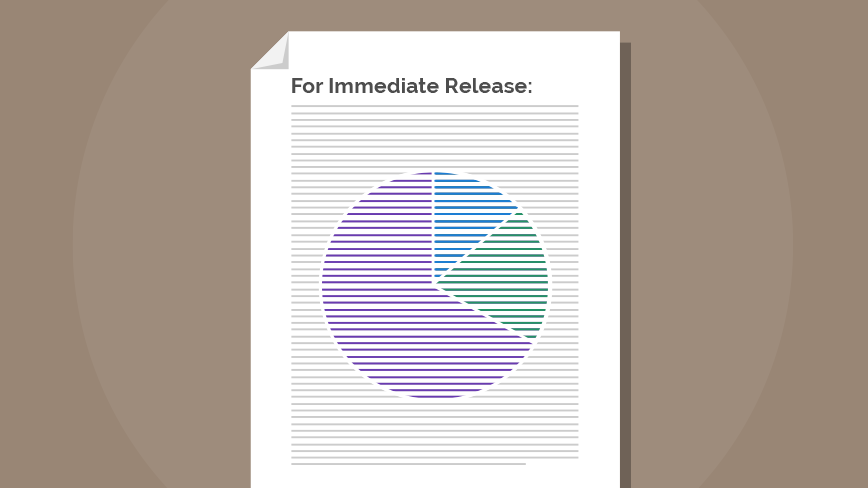PR — it’s about more than crisis control. It’s about storytelling, specifically, telling the right story at the right time. Data analysis tools can go a long way toward supporting this.
Yet many PR professionals are hesitant about embracing data as a part of their toolkit. They subscribe to a number of common misconceptions from, “Data can’t drive headlines,” to “Data kills creativity,” to “It’s too hard to extract anything useful from the mountain of numbers.” What’s the best way to combat these?
Break down the mountain of data, and turn it into factual insights, advises Deirdre Breakenridge, CEO of Pure Performance Communications. A strong data strategy can bring clarity to a public relations campaign by outlining ways to improve awareness and results.
Ketchum CEO and President Rob Flaherty told U.K.-based magazine PR Moment, “The line I like is ‘let’s not try to use data the way a drunk uses a lamppost—for support instead of illumination.’ Don’t use it to post rationalise what you are about to recommend. Actually use it as a path to get to a better, richer human insight,”
Here are a few ways data can help drive PR success:
Create data-driven content that performs.
This past week, the Annalect crew was down in Austin working side by side with Resolution Media and FleishmanHillard to create a real-time content newsroom for SXSW Interactive called StoryConnect. In the lounge, we leveraged data from 55,000 traditional media sources as well as social media and then focused on specific topics for each day of the show. For example, Food was the topic on Saturday and Ryan Smith, FleishmanHillard VP of insights and analyst, found that 58% of the conversation around food was drinks.
You CAN tell a great story using data.
Think about the last time you looked at a great infographic. Their popularity has grown for a reason—and that growth has been exponential, with searches containing the term infographic increasing more than 800%.
A single data point can score big headlines.
It happens all the time. You don’t need a large, complex survey with thousands of questions. “A snapshot of just five CEOs or a sample of 100 customers nationwide can provide a powerful news hook,” according to an Affect white paper on data-driven headlines.
Mine your own resources.
What are people saying about you on your social channels? Look at topics you’re interested in and compile and analyze the responses. Want to start a conversation? Post a well-crafted, short survey on your channels and report out on the results.
Trend pieces — they’re never going away.
For a unique spin, apply a creative eye to industry reports and look for patterns year over year. How has the issue changed?
Aggregate data to create new content.
We need more content than ever today. Combine data from different reports and data sets to feed blogs and social stories.
Understand the basic numbers and what they mean to you.
PR drives web traffic, conversations on social and more. Here’s a primer.
The bottom line:
PR aims to grab attention and attract new audiences. It is designed to build trust in a brand and transform awareness into new relationships that bolster the end game. A data-driven strategy can help with all of that.

